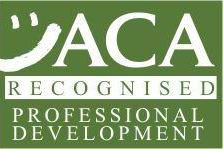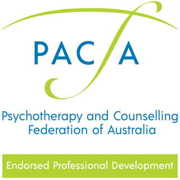The definition of Forest Therapy was arrived at by an international evaluation of more than 120 experts from 20 countries in 2017. This is the very definition agreed to by experts and published in:
- Kotte, D., Li, Q, Shin, W.S. & Michalsen, A. (eds.) (2019). International Handbook of Forest Therapy. Newcastle upon Tyne, UK; Cambridge Scholars Publishing
Forest Therapy is known in Japan (Shinrin-yoku 森林療法) and South Korea (Sanlimyok 산림욕) as an effective Public health practice. Both Governments actively promote Forest Therapy to all age groups. These countries saved billions of dollars since introducing Forest Therapy as an official Public health concept. In South Korea, the financial benefits for the taxpayer exceeded USD 1.4 billion alone in 2013. More recent estimates put this figure to nearly USD 2 billion per annum!





